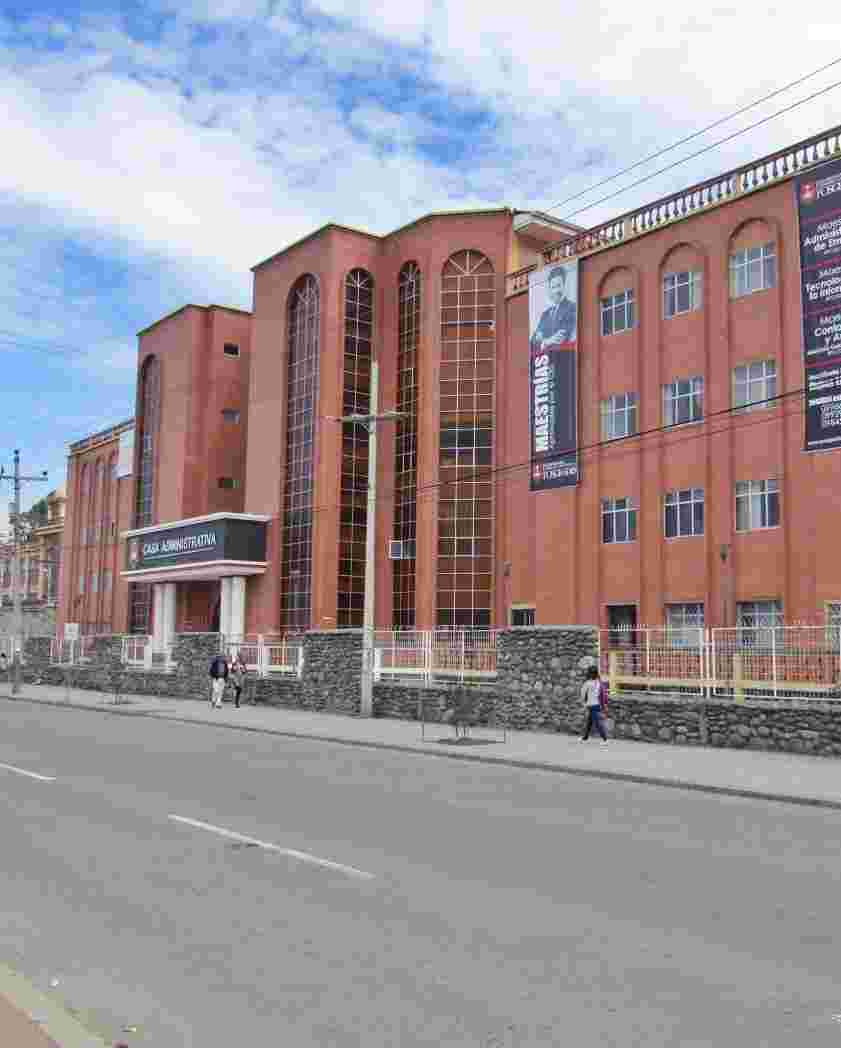Trabajos de Titulación - Sede Azogues - Odontología
URI permanente para esta colecciónhttps://dspace.ucacue.edu.ec/handle/ucacue/93
Examinar
Examinando Trabajos de Titulación - Sede Azogues - Odontología por Asesores "Morocho Macas, Ángel Aurelio"
Mostrando 1 - 4 de 4
- Resultados por página
- Opciones de ordenación
Ítem Acceso Abierto Análisis bibliométrico de la producción científica sobre odontopediatría en Ecuador(Universidad Católica de Cuenca., 2025-04-23) Calderón Parra, Nicole Salomé; García Moina , Katherine Mariela; Morocho Macas, Ángel Aurelio; 0350119517; 0302602305; Morocho MacasIntroduction: Pediatric dentistry is a specialty focused on maintaining the oral health of the pediatric population. Over the years, experimental and non-experimental studies have been conducted to strengthen clinical practice in this field. In Ecuador, it is necessary to evaluate scientific development through bibliometric studies. Objective: This research aimed to analyze Ecuadorian scientific production on pediatric dentistry through a bibliometric study using the Scopus database. Methodology: A descriptive bibliometric study was conducted. After applying the selection criteria, 14 articles published up to 2024 were obtained. Data such as authors, institutions, journals, citations, and topics were extracted from each article. The data were analyzed using descriptive statistics. Results: The United States leads global scientific production in pediatric dentistry. In Ecuador, the highest number of scientific articles was published in 2023, with Health, Science, and Technology Conference Series, Health and Technology and Advances in Odonto-Stomatology being the journals that published the most articles. Furthermore, the Catholic University of Cuenca was identified as the most productive institution. However, the articles showed limited impact and low citation rates. Conclusion: Research in pediatric dentistry remains limited in Ecuador. Strengthening this field requires promoting research-oriented policies and encouraging multi-institutional studies. Keywords: Pediatric Dentistry, Research, Scientific Production, EcuadorÍtem Acceso Abierto Aplicaciones de la inteligencia artificial en el ámbito de la odontopediatría(Universidad Católica de Cuenca., 2025-04-28) Gaón Arévalo, Michelle Carolina; Zapata Franco, Rubén Alfonso; Morocho Macas, Ángel Aurelio; 1900506104; 0706584752Introduction: Pediatric dentistry faces specific challenges in diagnosing, treating, and preventing oral diseases in children, who often have difficulty cooperating and communicating their symptoms. Despite technological advances and the growing enthusiasm around Artificial Intelligence (AI), there is still a lack of consensus and solid evidence regarding its accuracy, effectiveness, and specific clinical application in pediatric dentistry. Thus, the integration of AI in pediatric dentistry holds the potential to revolutionize the diagnosis and treatment of oral diseases in pediatric patients. Objective: This research aimed to determine the practical applications of AI in pediatric dentistry. Methodology: A literature review on AI applications in pediatric dentistry, including machine learning and neural networks, was conducted. Results: AI enhances the early detection of caries and dental anomalies, optimizes orthodontic treatments, and facilitates the management of children's behavior. It also contributes to the personalization of treatments through the analysis of clinical data. Conclusion: AI represents a revolution in pediatric dentistry, offering significant clinical benefits. Its implementation requires overcoming technological and ethical barriers to ensure its efficacy and safety in practice. Keywords: Artificial Intelligence, pediatric dentistry, applications, uses, practicesÍtem Acceso Abierto Avances, aplicaciones y perspectivas de la inteligencia artificial en periodoncia. Revisión de alcance.(Universidad Católica de Cuenca., 2025-04-28) Santander Siguencia, Carlos Sebastián; Vásquez Quishpilema, Edison Geovanny; Morocho Macas, Ángel Aurelio; 0106988264; 0301916730Artificial intelligence (AI) has become a frequently used tool in periodontal diagnosis and treatment; however, its widespread implementation faces several challenges. This study aimed to determine AI's advances, applications, and perspectives in periodontics through a scoping review of contemporary literature. A scoping review was conducted using scientific databases such as SCOPUS, WoS, PubMed, and SciELO. The results demonstrated that AI has significantly improved diagnostic accuracy by evaluating radiographic images and detecting periodontitis-associated genetic biomarkers. Nevertheless, discrepancies were identified concerning the standardization of methodologies and the heterogeneity of the data used. The conclusions emphasize that, although AI has made remarkable advances in the field of periodontics, it is necessary to address technological and methodological limitations to facilitate its full integration into clinical practice and increase its acceptance among healthcare professionals and patients. Keywords: Advances, applications, perspectives, artificial intelligence, periodonticsÍtem Acceso Abierto Inteligencia artificial en la detección de caries dental en radiografías periapicales.(Universidad Católica de Cuenca., 2024) Cepeda Mullo, Lizbeth Johana; Morocho Macas, Ángel Aurelio; 0650222177Artificial intelligence (AI) has been advancing in dentistry, especially when detecting dental caries. Currently, a series of studies have indicated that AI models, particularly convolutional neural networks (CNN), are ahead of dental professionals. This work aims to determine the differences in the detection of dental caries by analyzing periapical radiographs between traditional methods and artificial intelligence in terms of accuracy, sensitivity, and specificity. This study was conducted through a systematic literature review with scientific databases, including Web of Science, PubMed, Cochrane Library, and IEEE Xplore. The results indicate that convolutional neural networks can significantly improve caries detection. However, there is a need for further research to establish whether it is the definitive tool for caries diagnosis. In conclusion, while artificial intelligence represents remarkable progress in dentistry, its widespread implementation requires addressing impediments, such as performance variability depending on the data type and images. Nevertheless, its ability to improve diagnostic accuracy and its relevance to clinical practice makes it a promising tool for advancing dental radiographic diagnosis. Keywords: Artificial intelligence, Dental caries, Periapical radiographs




